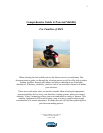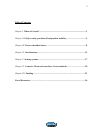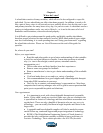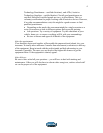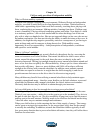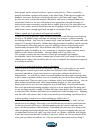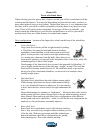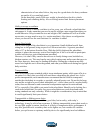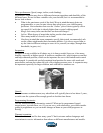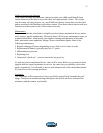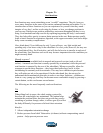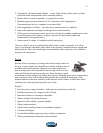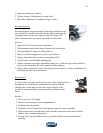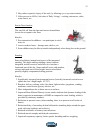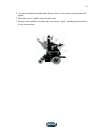
5
Chapter II:
FAQ on early provision of independent mobility
Why is efficient mobility a priority?
Children learn through exploring their environments. Without efficient and independent
mobility, you child is more likely to develop dependency on others. Think about how a
child learns: approaching objects that tweak their curiosity, touching them, playing with
them, exploring their environment. Making mistakes, learning from them. Children want
to move constantly! Playing with and competing against each other. Now think of a child
in a stationary position – she can look around and see others do things, but all she can
play with is what was handed to her. She can not approach things on her own; she can not
do random exploration. She does not develop the ability to make decisions on her own. In
addition, she might develop negative personality traits as a consequence of just having to
point at things and wait for someone to bring them to her. With mobility comes
opportunity as well as responsibility – both prerequisites of independence, confidence
and a positive social attitude.
What is “efficient” mobility?
Your child needs to be able to get around effortlessly throughout the day, accessing the
same environments as all other children. That means she has to be able to move across
rooms, around the playground, in the yard, down the street, at church, in the mall,
between classrooms. Having just enough strength to turn a manual wheelchair around and
move a few feet does not qualify for efficient mobility. Always opt for a lesser alternative
that provides efficiency – however, most children with SMA will not have sufficient
strength to be efficient with a manual wheelchair. In addition, most pediatric manual
wheelchairs are equal to or heavier in weight than the child occupying it, and due to
growth concerns their access to the drive wheel is often not set up properly.
Many children may benefit from utilizing a manual wheelchair to help maintain upper
extremity strength and range – therefore some families opt for both solutions, a powered
wheelchair for distances and a manual wheelchair for closed, indoors environments.
Obviously both devices may be difficult to obtain through your insurance.
Isn’t my child going to lose her strength due to using a power wheelchair?
Exercising is important for everyone – however, mobility and exercise are not the same.
Think of your own routine – adults drive to the gym to get on the treadmill. They drive to
the park to ride their bicycle, etc. We drive around for a long time just to find the nearest
parking spot to the mall entrance. Mobility needs to be effortless and should not be tiring
– there are other ways to maintain strength and endurance.
When your child wakes up in the morning she has a finite supply of energy. That energy
can be spent on trying to get somewhere, or she can get there easily then use her energy
to actually do something. In addition, research has found that children typically do not
lose gross motor function due to power wheelchair utilization, since they still utilize those
functions for other tasks.



